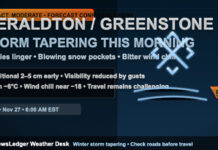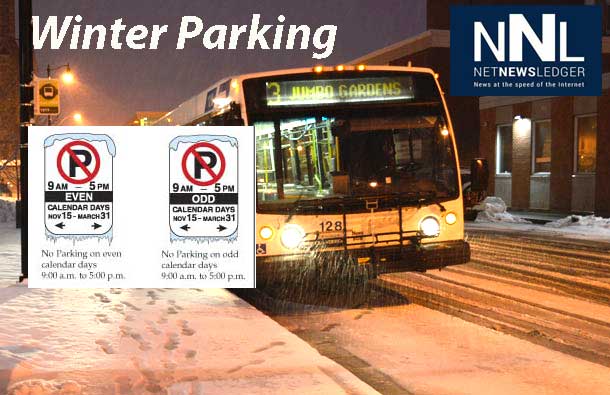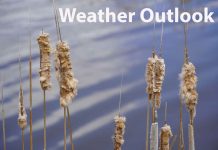Thunder Bay – Weather – The winter storm brewing out of Colorado heading north and east toward Lake Superior has, according to NOAA, the National Oceanic and Atmospheric Administration been a system that has been a well-advertised system to keep an eye on.
The latest model guidance has continued its trend in moving the heaviest snowfall with this system south into central Wisconsin.
Depending on the tracking model, there remains a lot of room for discussion on where the bulk of the snowfall will come from.
The Operational North American Meso show the storm moving a little more northerly.
The GEFS still have a fairly widespread of snowfall accumulations at Duluth, and northwestward. The main axis of precipitation looks to be across eastern Indiana into the Green Bay area.
Each successive run of the Global Forecast System, over the last dozen runs has been
slowly moving this band south to this location.
So, confidence is greatly increased in only a glancing blow from this system.
The best accumulation potential in our forecast area will be in Northwest Wisconsin
where around 4″ is currently expected with less to the north and west.
Depending on the lows track, the North Shore may also benefit from some lake effect enhancement, but the speed of the system has also increased a bit so only minimal enhancement is expected there.
Significant changes in the mass fields have resulted in the drift to the south. The trough that is moving across the Mountain West region is now expected to deepen deep into Mexico, and this is acting to steal a lot of the energy associated
with this system and dissect it from the prior coupling models
had been showing.
This results in the Lower Level Jet Stream fizzling out by the time it gets into central WI resulting in less moisture transport poleward. Therefore, our expected snowfall amounts have dropped.
Currently see this as a solid advisory level snowfall event for the southeastern 1/3 of our forecast area.
How far north and west the snowfall makes it is still fairly uncertain. The onset of
precipitation is further impacted by an extremely dry air mass in place with 850-500mb relative humidity of only 10% which will take a fair amount of moisture to saturate. This will delay the onset of sensible precipitation.
Current timing brings the system into the forecast area Tuesday evening with a departure time about 18 hours later at noon on Wednesday.






